The best and worst TV revivals: We rank some of the biggest titles
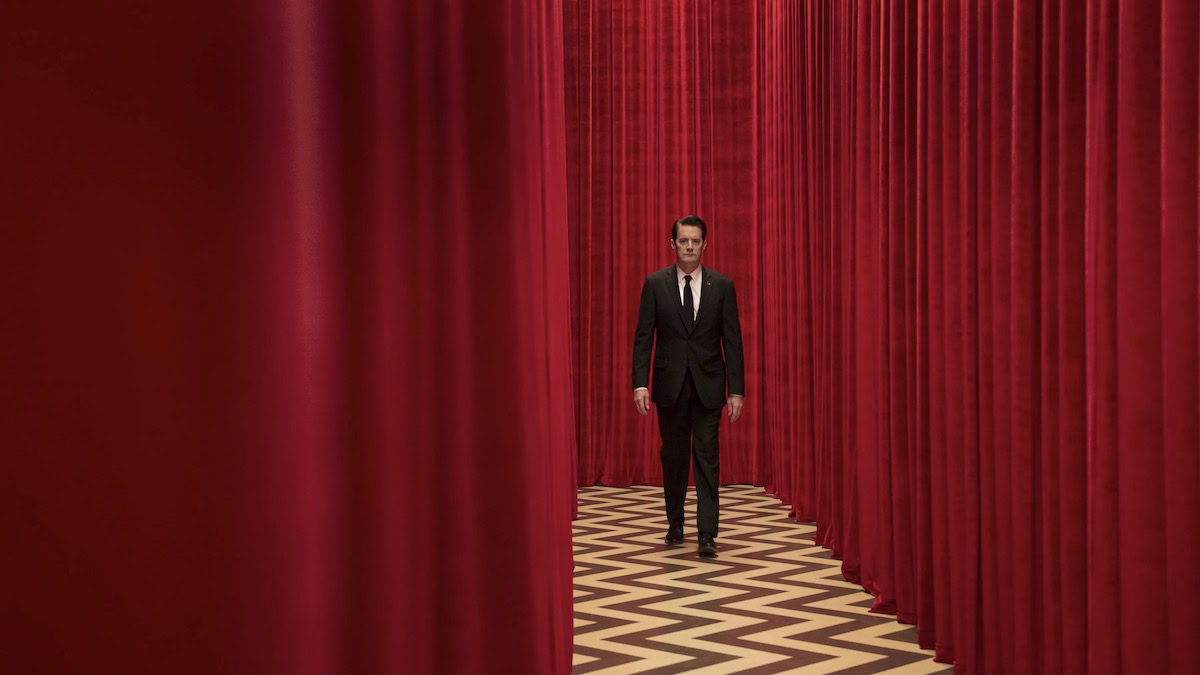
“Hollywood’s out of ideas” has become a cliché at this point. Every remake, reboot, sequel, and adaptation is greeted with a collective groan, despite tons of shows and movies with brand-new ideas rolling out too. On the other end of that spectrum, there’s also clearly an appetite for the familiar. And that’s as obvious on TV as anywhere, with revivals of beloved series rolling out constantly. (Netflix has led the charge in this area.)
But what are the best and worst TV revivals? TV revivals aren’t new. Saved By the Bell: The New Class premiered in 1993, for example. But they’ve become a staple of TV as we know it in recent years.
Let’s start by defining our terms. Not every new iteration is a “revival.” We can debate that until the cows come home, but for the purposes of this list, we’re focusing on new stories told within the same world as an original. Often that means familiar locations and characters returning, either in a new season, miniseries, or even a standalone movie. That can take many different forms, from Gilmore Girls: A Year in the Life, where virtually every old character is back and center stage, and Gossip Girl, where we’re mostly focusing on a whole new batch of characters attending the same school from the original series. And then there’s everything in between.
Also read: The 18 best Amazon Prime originals to add to your watchlist
So, how do these revivals stack up? Which are the best TV revivals? Which are the worst?
Read on for our breakdown of some of the biggest TV revival titles.
The best TV revivals
The X-Files
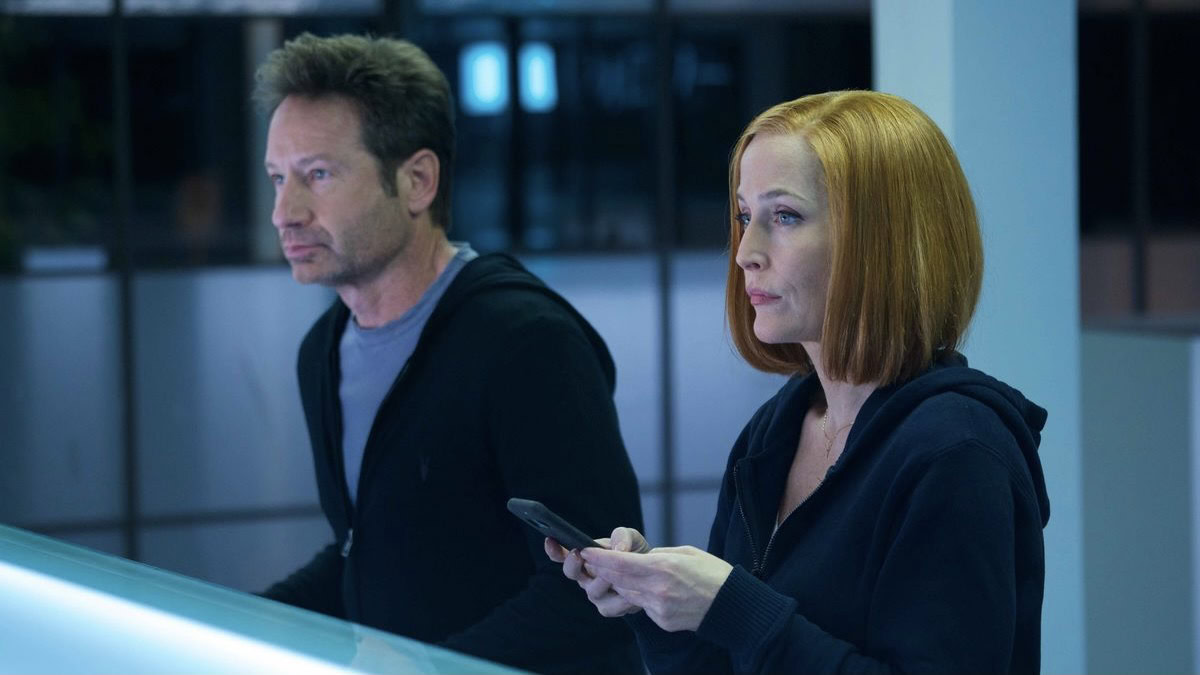
The X-Files hadn’t been entirely dormant when it made its long-awaited return on Fox in 2016. A theatrical feature film — The X-Files: I Want to Believe — failed to impress either critics or audiences in 2008. Then in 2014, IDW published a successful season 10 and 11 in comic book form. Though those were effectively overwritten by the reunion series. So, the tenth and eleventh genuine TV seasons of the paranormal detective classic did mark the series’ first return to prime time in 15 years.
Check out: Everything you need to know about Hulu
And it was a solid return. Moving away from some of the more convoluted worldbuilding of the series’ later seasons, the new take reunited Mulder and Scully and put them mostly back into monster-of-the-week mode. It was a refreshing back-to-basics approach that allowed the show to play to its strengths while still feeling like an update. One episode in season 11 sees the two FBI agents contending with rogue AI technology. The episode had virtually no dialogue and was a terrific one-off, set in a distinctly current environment with some classic X-Files flair.
- Watch The X-Files on Hulu.
El Camino
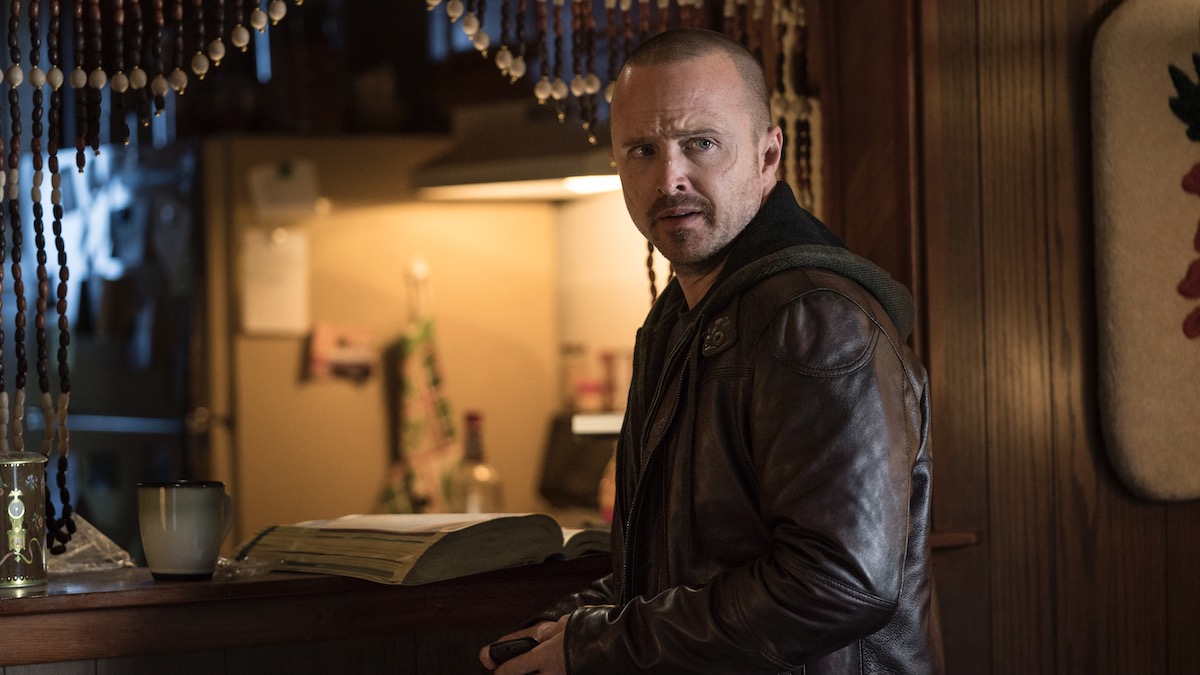
Breaking Bad was a massive hit when it aired on AMC from 2008 to 2013. With a boost from DVD boxed sets and streaming, it slowly built up a massive fanbase, eventually pulling in 10 million viewers for its series finale in the US alone. And the finale was good. The show’s quality never dipped across five seasons, and the finale offered a deeply satisfying culmination to the story of Walter White, a high school chemistry teacher turned drug kingpin who chose a life of crime when he was diagnosed with cancer, putting his life and family at risk to build up his own ego. Conventional wisdom would say that Breaking Bad was done and shouldn’t be touched lest its pristine legacy be harmed.
See also: What is Netflix?
And yet, El Camino dove back in in 2019. A feature-length film taking place after the events of the show, focused on Walt’s main partner in crime Jesse Pinkman, the Netflix original film was a welcome return to the world of Breaking Bad. Fan-favorite Jesse got to have a well-earned farewell after a rocky time in the finale. Between El Camino and the acclaimed Breaking Bad spinoff Better Call Saul, the Breaking Bad expanded universe has been a major success story overall.
Veronica Mars
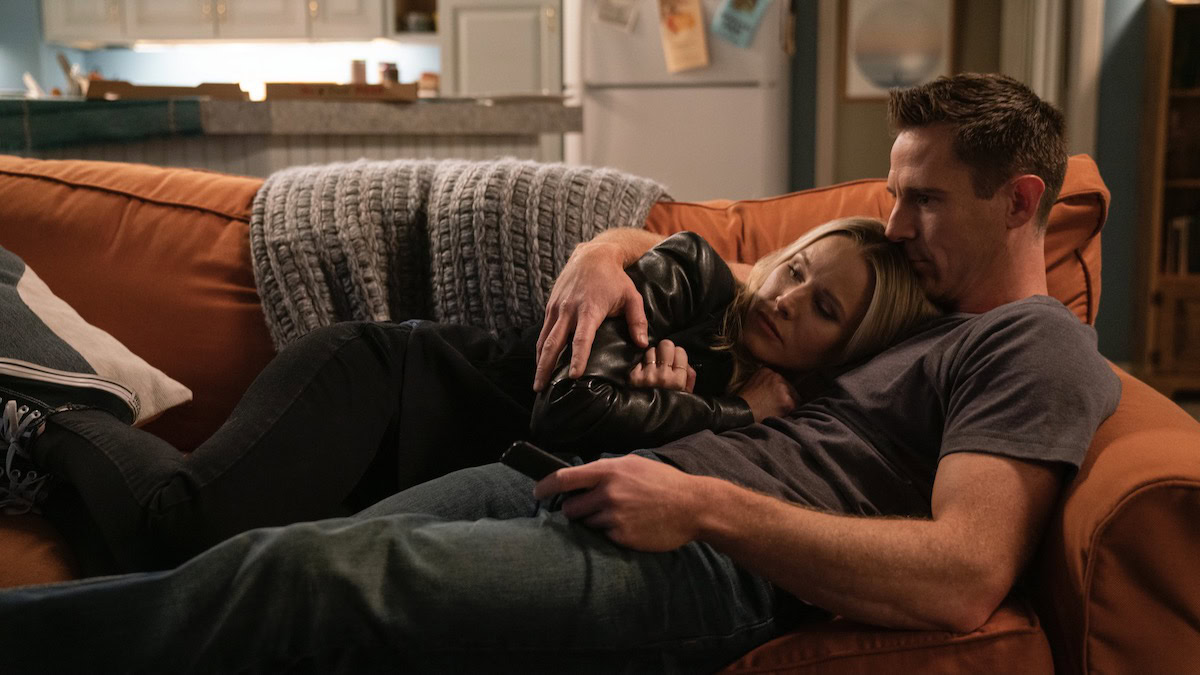
Veronica Mars — “Heads You Lose” – Episode 404 — Convinced the bomber is still at large, Veronica visits Chino to learn more about Clyde and Big Dick. Mayor Dobbins’ request for help from the FBI brings an old flame to Neptune. Veronica confronts her mugger. Veronica Mars (Kristen Bell) and Logan Echolls (Jason Dohring), shown. (Photo by: Michael Desmond/Hulu)
Veronica Mars is a frequently cited example of a show cancelled too soon. The story of a teen sleuth, working with her private eye dad (often against his wishes) was a fresh new take on murder-mystery. Veronica was forever haunted by the murder of her best friend, inspiring her to look for the killer. But once she starts, she can’t stop, and we follow Veronica solving crimes across three seasons, as a high schooler and later even in college.
No one seemed to feel that Veronica was cancelled too soon more than the people who worked on it. It was revived not once but twice. First, a crowd-sourced film that broke Kickstarter records came out in 2014, 10 years after the series premiered on UPN. The movie was a pleasant invitation back into the world of Veronica Mars, but the continuation really started to shine when a fourth season allowed Veronica Mars to go back to a weekly episode format, building up around new mysteries and recapturing at least some of the magic of the show, albeit all grown up this time out. Veronica Mars on Hulu has been one of the best TV revivals, and a real treat for fans.
- Watch Veronica Mars on Hulu.
Twin Peaks: The Return

Twin Peaks made huge waves in its first season on ABC back in 1990. It was like nothing else on TV, following a bizarre cast of characters in the folksy town of Twin Peaks, Washington, as they learn of the death of teen Laura Palmer. With a mix of broody, noir mystery, kitschy Americana, and surreal and supernatural elements, the show hooked viewers and critics alike, and it earned a huge number of awards. Viewers abandoned ship when the show solved the central mystery in the middle of the second season though. And ABC pulled the plug despite a shocking cliffhanger ending.
Read: Showtime content, pricing, and more
Twin Peaks: The Return was released more than 15 years later, and it was an incredible success. Critics virtually unanimously loved it, praising the way it interacted with the original show while doing something new. Cult auteur (and series creator) David Lynch had plenty of room and creative freedom to get the show back on track at Showtime, with a comparatively long 18-episode order. The new season made many end-of-year best lists, and even launched questions about whether it could be categorized as a film (a frankly weird debate, but one born out of love for the show).
- Watch Twin Peaks: The Return on Showtime.
Will & Grace

In a lot of ways, we’ve evolved beyond the classic multi-camera sitcom. Laugh tracks? Please no! But some of our most beloved TV classics are sitcoms, and there’s no way to revive them without going all in. In some cases, that feels like pure nostalgia fodder with little substance. But some titles have room to build on what came before, and Will & Grace was one such pleasant surprise when it returned for three new seasons starting in 2018, more than a decade after the show had gone off the air.
The original NBC series, while pretty tame and safe and even sometimes a bit conservative by today’s standards, was radical when it premiered in 1998. The story of a gay man and his straight best friend wasn’t like anything else. The sitcom format was familiar, but I remember being completely engrossed by a world I rarely if ever got to see on TV. There were queer characters in other shows, but to have a gay man as the lead in the show — and to have his identity at the forefront of the show — was huge. Reviving Will & Grace meant seeing these characters as they exist, years later, in a totally different world, and the show balanced that blend of old and new very well. It showed that society has moved beyond Will & Grace while proving just how important Will & Grace was when it aired.
- Watch Will & Grace on Hulu.
The worst TV revivals
24: Legacy

Few shows are as distinctly of their time as 24. On the one hand, it was part of the prestige TV boom, and benefited from some stellar performances, tight storytelling, and a clever central conceit. The show’s seasons lasted a total of 24 hours each, with every episode told almost in real-time. On the other hand, it emerged in post-9/11 America and in the middle of the “War on Terror” in ways that sometimes felt recklessly reactionary. That was especially true of its portrayal of Muslim characters and in its depictions of torture. Hero Jack Bauer was an old-fashioned spy who consistently got the job done, whether that meant saving his own family, protecting the president, or diffusing a bomb.
So, why bring it back? To relive those days? Or to update the series? 24: Legacy, despite bringing in a new lead, didn’t quite manage to reinvent the show. It felt like more of the same. That means it looked great and featured more killer performances, but it wasn’t enough to justify a TV reunion.
- Watch 24: Legacy on Hulu.
Fuller House
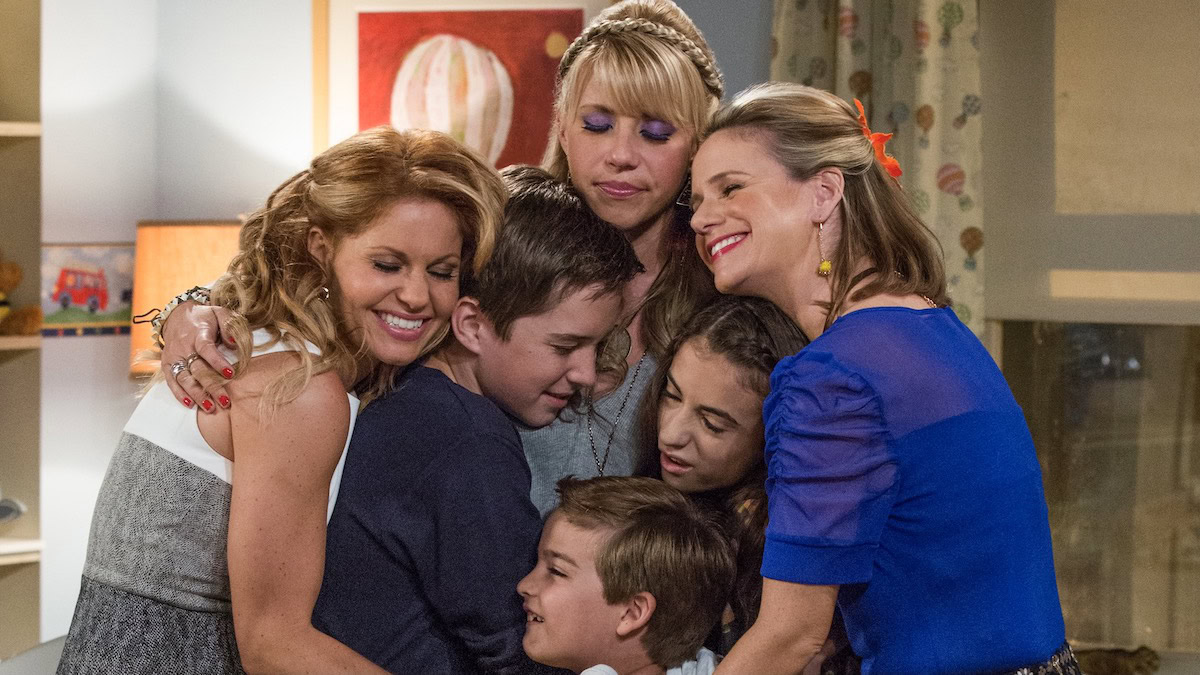
How much you liked a show will obviously color how you feel about its revival. Fuller House never stood much of a chance for me, because I was never a big fan of the original. But there’s more to it than that. The show also failed to meaningfully update itself. The original Full House, which ran from 1987 to 1995, followed widower Danny Tanner, doing his best to raise his kids with the help of his brother and best friend. Fuller House, a Netflix original TV revival, brought these characters back together in 2016. And the kids were now all grown up. But the premise was basically the same.
To recreate the titular “full house,” the show sees Danny’s eldest daughter recently widowed, living in the family house and enlisting the help of her own sister and friend to raise her kids. It seems like there could have been a better way to update the show without just mirroring its original dynamics so precisely. The absence of Mary-Kate and Ashley Olsen, who originally alternated playing the youngest Tanner — and some griping from other cast members about said absence — didn’t help endear me to this reunion either.
Arrested Development
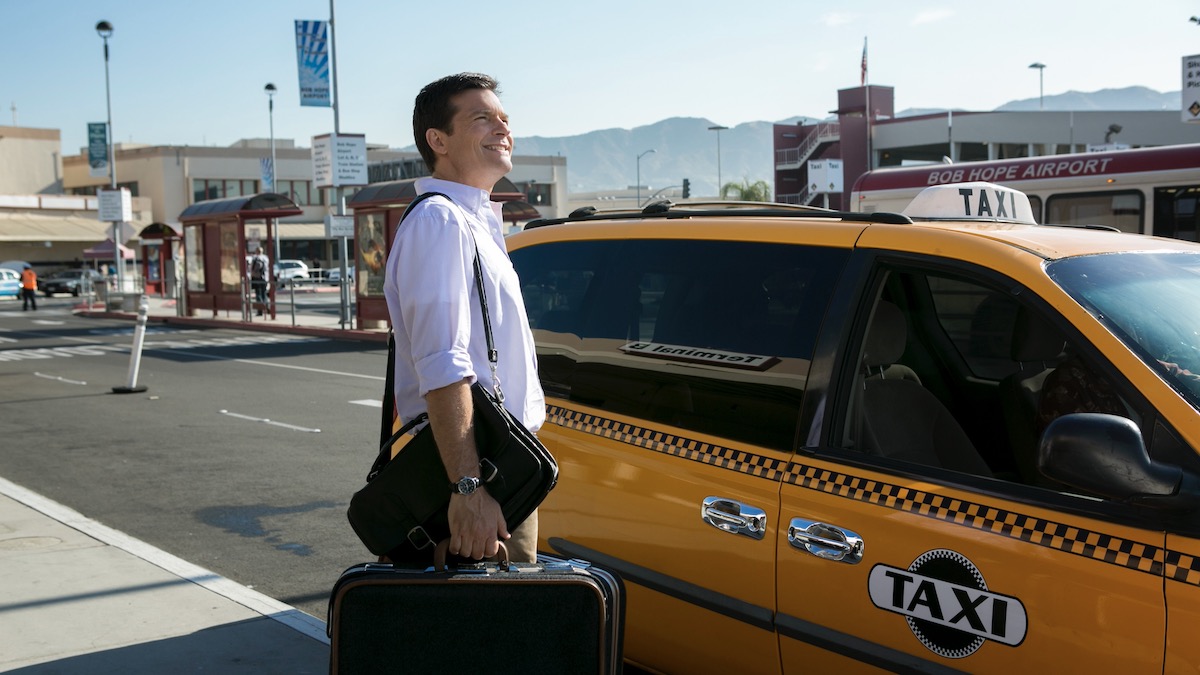
It might be an overstatement to say that Arrested Development is one of the worst TV revivals. But still, it’s an early and prime example of trying to recapture the magic of a show that caught us all by surprise and became a cult hit in a very specific context. Arrested Development was originally a sleeper hit on Fox and a major conversation-starter. Its absurd sense of humor, mockumentary form, and larger-than-life characters made for must-see-TV. The saga of a family of mini-mansion developers brought down by their father’s arrest for fraud was a hilarious and original satire.
Years after cancellation, Netflix brought it back for a fourth season, but the show struggled to find its rhythm. The episode structure changed, in keeping with Netflix’s binge model, which was fine, but the story of the Bluth family felt finished. Cramming new seasons with winks to the audience and celebrity cameos made the show feel like it was treading water or going through the motions. It had some absolutely hilarious moments, no doubt. And all of the brilliant actors from previous seasons brought their A-games. But it wasn’t really enough to justify a revival.
- Watch Arrested Development on Netflix.
Murphy Brown
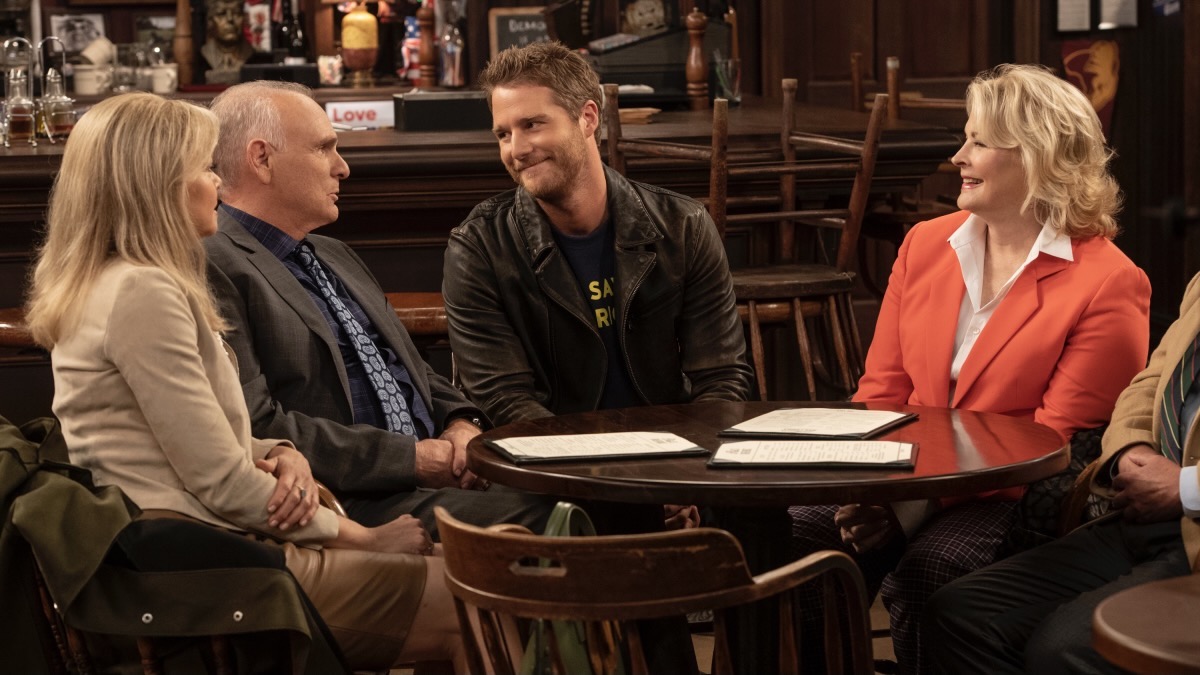
Murphy Brown was, like Will & Grace after it, a major force in sitcom TV. The show broke about as many glass ceilings as its titular character. Murphy was a single mom and a career-driven journalist. Neither of those two things needed to come at the expense of one another. On top of all that, she was a recovering alcoholic, and she was tough as nails, meaning she wasn’t always well-liked. Premiering in 1988, that was a pretty wild way to depict a woman. Running for 10 seasons on CBS, it was also a hit. Murphy Brown was keeping up with the times, and forcing the TV industry to keep up too.
When CBS revived the show for one season in 2018, it didn’t have that same spark. Murphy, now retired, gets back in the game as a morning show host as a result of the election of Donald Trump. One small snag, her son, now grown up, is launching his own show in a competing time slot on Wolf News, a not-so-subtle nod to conservative network Fox News. Despite an overtly political premise, the revival just didn’t have a whole lot new to say. And it was competing against Apple TV Plus‘ much more thorny and interesting take on morning television The Morning Show.
- Murphy Brown isn’t currently streaming anywhere.
Roseanne
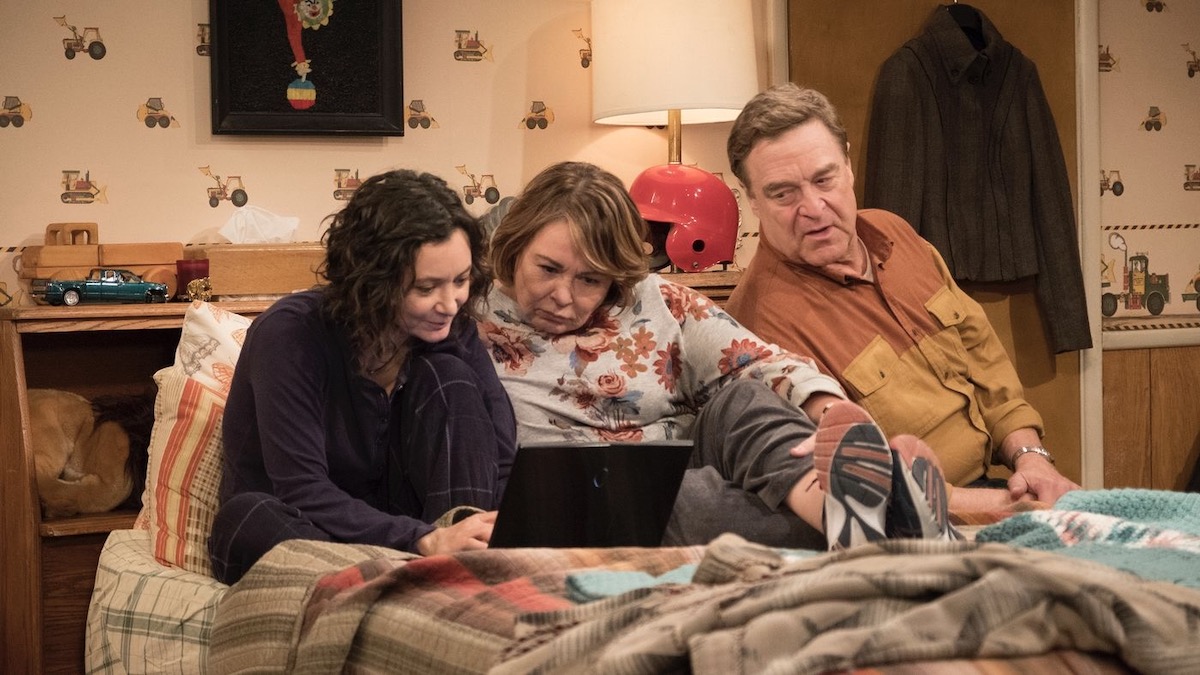
Roseanne is the only title to make this list more for what happened offscreen than for what happened in the show itself. The original Roseanne series offered a frank portrait of a working-class family in a fictional suburban neighborhood in Illinois. It was a major win for comedian Roseanne Barr. And it helped launch the careers of Laurie Metcalf and John Goodman. It was also a major hit. And the revival was pretty good too. It wasn’t quite as good as the original series, with some uneven storytelling overall, but it wouldn’t have made this worst list on its own, certainly.
Read: Everything you need to know about Peacock
What brought the show down was everything happening behind the camera. Barr became vocally political, supporting President Donald Trump and moving focus away from the show itself. It became harder and harder to associate the TV revival with much more than Barr’s increasingly hostile Twitter feuds, and eventually, the show was cancelled in response to a now-infamous racist tweet. ABC did however greenlight a spinoff of sorts, or perhaps we’ll call it yet another revival. The Conners follows the same cast of characters, with Barr’s titular character having died suddenly. It may be among the strangest TV origin stories, but perhaps the closest thing to a happy ending for this troubled TV revival.
- Watch Roseanne (or The Conners) on Peacock.
Honorable mentions
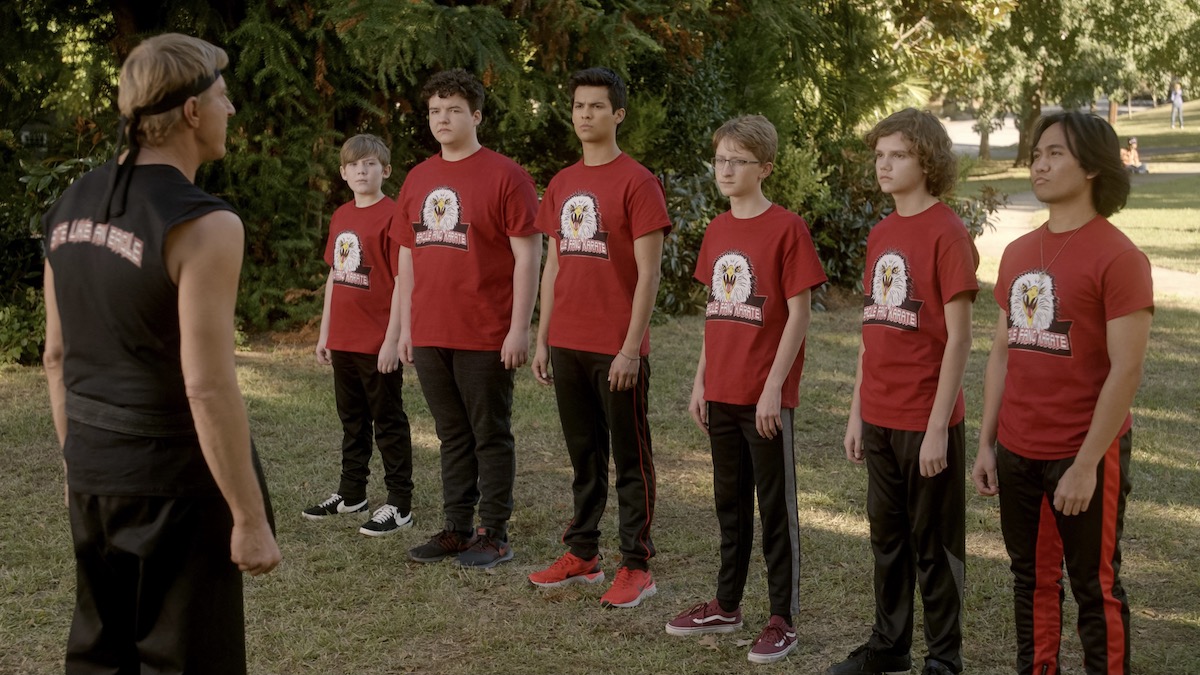
Gilmore Girls: A Year in the Life: Among neither the best nor worst, Gilmore Girls: A Year in the Life didn’t manage to live up to the series’ high points but neither did it fail in giving us a chance to check in with the beloved characters in Stars Hollow. Watch it on Netflix.
Heroes Reborn: The superhero series Heroes was a winner at NBC when it premiered in 2006. But it fizzled out a bit by the time it wrapped up in 2010. Maybe not enough time had passed when the TV revival miniseries Heroes Reborn came out, introducing a whole new batch of characters. It came and went pretty quietly. Heroes Reborn is not currently streaming anywhere.
Serenity: An early example of a TV revival of a cancelled show, Serenity was a feature film conclusion to Firefly. While Fox cancelled Firefly in the middle of its first season, fans of the sci-fi western cried foul. And they won. Watch it on Peacock.
Samurai Jack: The revolutionary animated series made a comeback in 2017, letting an ageing Jack conclude his time travel narrative over a decade after the show went off the air. Creator Genndy Tartakovsky returned with his typical weird and surreal sense of humor, this time with more freedom to explore adult themes and visuals. Watch it on HBO Max.
Check out: How does HBO Max work?
Cobra Kai: Unlike many titles on this list, Cobra Kai is actually a film revival, offering a continuation of the Karate Kid films as a streaming series. The streaming series was first launched by YouTube Premium in 2018 and has since become a Netflix original. Watch it on Netflix.
Those are some of the best and worst TV revivals.
What are your favorites? Which ones make your skin crawl? Did we miss any major hits or misses?
Let us know how you would rank them in the comments.
For all the latest Technology News Click Here
For the latest news and updates, follow us on Google News.

